Forget what you know about the Dark Ages because it wasn’t just doom and gloom. Back then, they made some crazy dishes that, for better or for worse, have been forgotten. Here are 18 medieval foods that you might be surprised people actually ate.
Not Your Average Stew
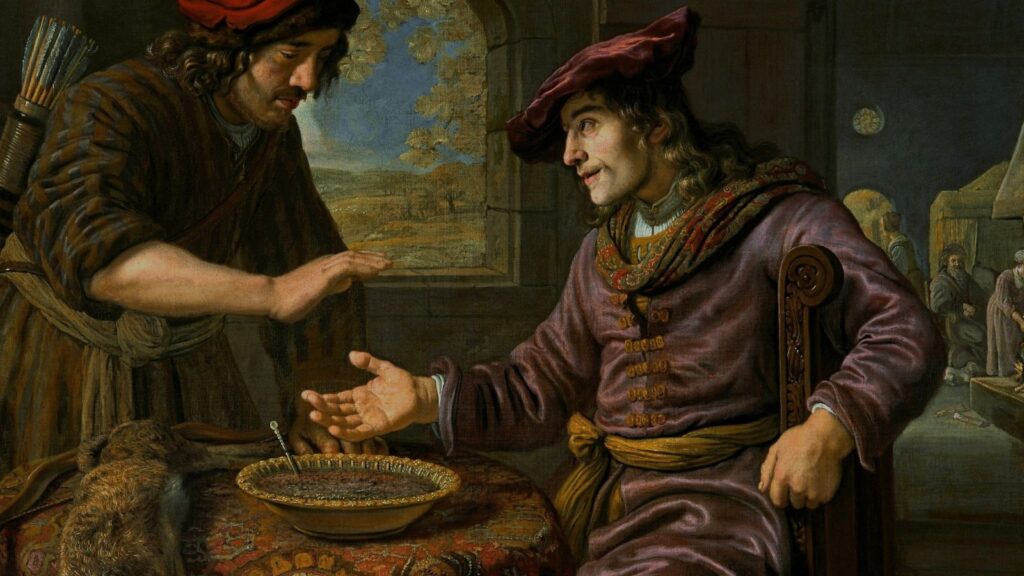
Pottage was a meal that medieval people made by throwing all their leftovers into a pot and cooking them until they turned into a thick stew. It was an easy comfort food for common people, and you could practically use anything for it, whether it was veggies or just a bit of meat. It was a filling meal that kept everyone fueled for their day.
Tough and Tasty
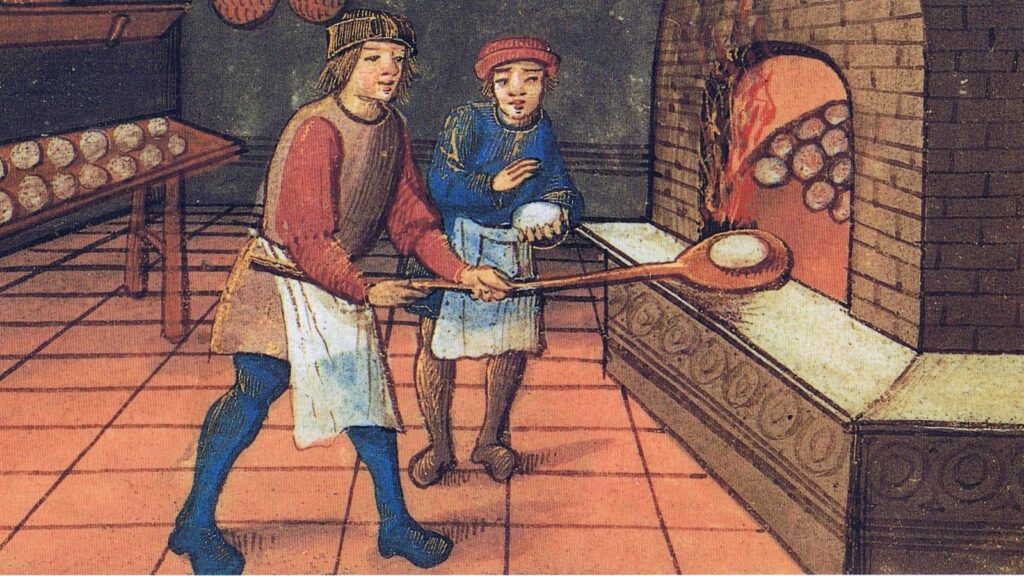
Black bread was a great meal for anyone who wasn’t rolling in dough, pun intended. You made it from rey or barley, and you could bulk it up with some acorns or beans, which made it so dense and dark. It wasn’t like the soft and fluffy stuff we know today, although it had a ton of fiber to keep people going through hard times.
Fish Sauce

Garum was the Middle Ages version of ketchup, except it was made from fermented fish. It was a salty and fishy sauce that actually came from Roman times. Like ketchup, medieval people put it on almost all their meals to make them taste better. That umami punch made simple food a lot more interesting.
Meaty Mix
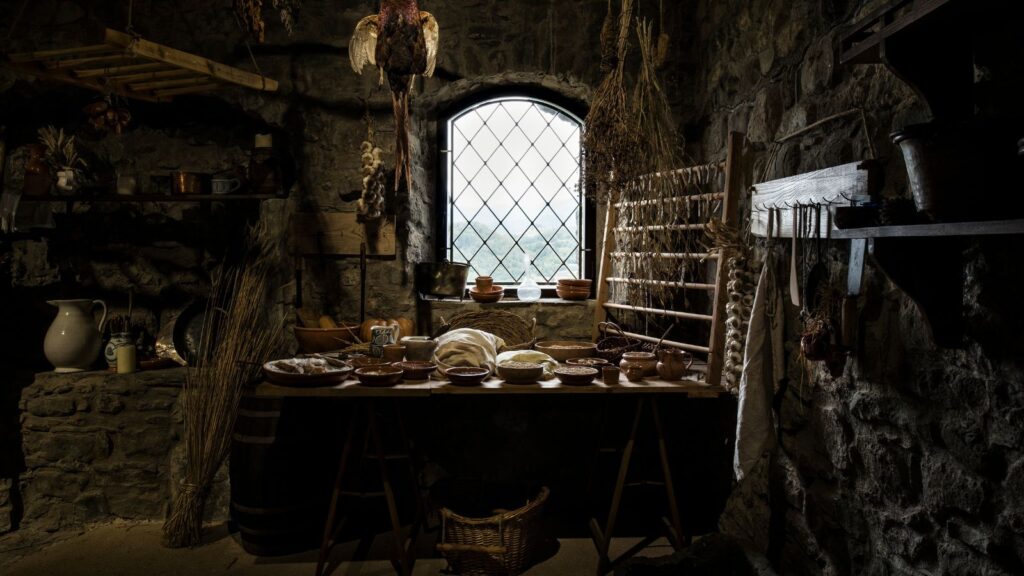
Cockentrice was a real showstopper, as it involved sewing the top half of a pig to the bottom half of a turkey or chicken. As you might’ve guessed, they only served this at huge feasts, and preparing it was half the entertainment. It was the kind of dish that told people you weren’t messing around at the dinner table.
Oatmeal With a Twist
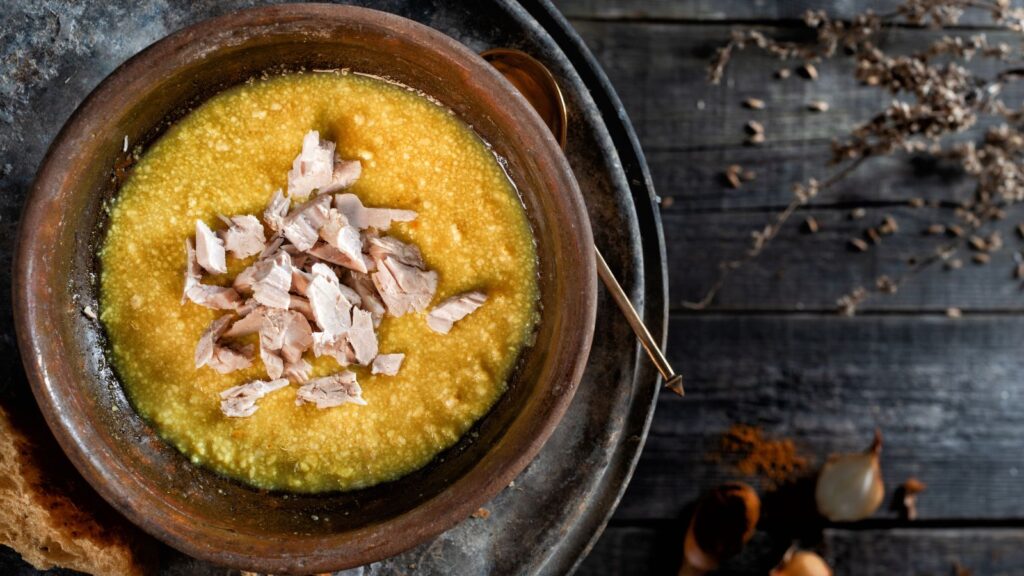
Oatmeal makes for a delicious breakfast, and frumenty was pretty similar. They used wheat, milk, currants, and spices to make it and served it next to meat. Sometimes, medieval people even ate it as a sweet treat during feasts, as it was quite a simple dish. If you could afford it, you could add eggs or sugar to make it even better.
A Feast for the Eyes

Peacock pie was a dish that made a statement, as it included a whole peacock, feathers, and all, baked in a pie. This was the medieval version of posting a fancy dinner picture on Instagram. It was a meal that only the richest could afford, and it just goes to show that rich people have always had more money than sense.
Fit for a King

Rumor has it that King Henry I loved lamprey pie to death, quite literally. It’s made from a type of eel, which doesn’t sound so tasty now, but back then, it was the height of luxury. Many rich people loved eating lamprey pie at banquets because it was deliciously rich and fatty with a…unique taste.
Croutons Before Croutons
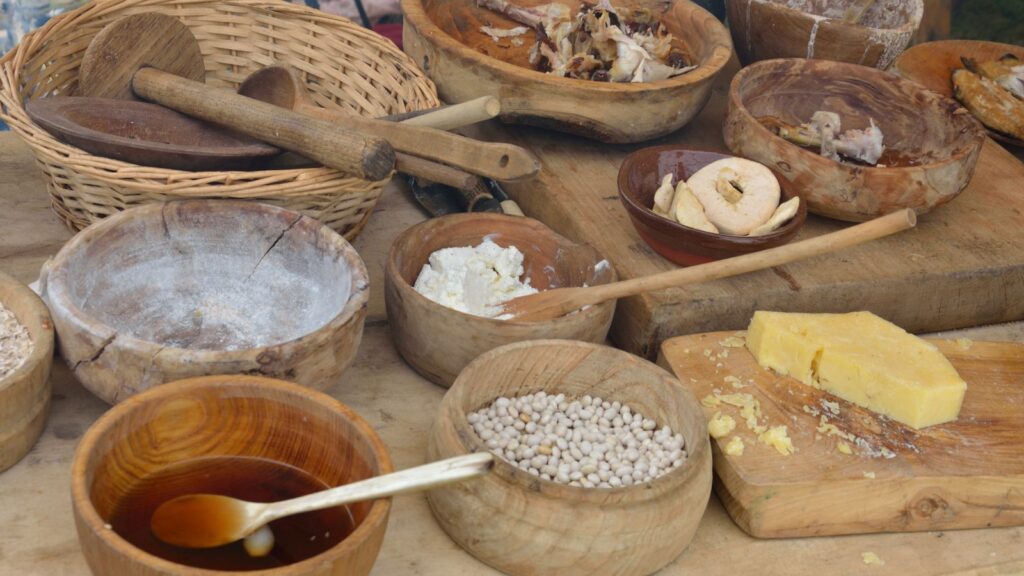
Before croutons, medieval people had to make do with sop, which were pieces of stale bread they’d dunk into broth or wine to soak up those flavors. For poorer people, it was a good way to make sure nothing went to waste and make any dish into a hearty meal. Sop helped them stretch meals further without too much effort.
Weird Beers

Grut soup was just as strange as it sounds since it was made from herbs and beer. Medieval people didn’t eat it to get a buzz but instead to warm themselves up on those cold winter evenings. Medieval people didn’t drink beer anywhere near as much as people do today, even though it was just as strong.
Poor Hedgehog
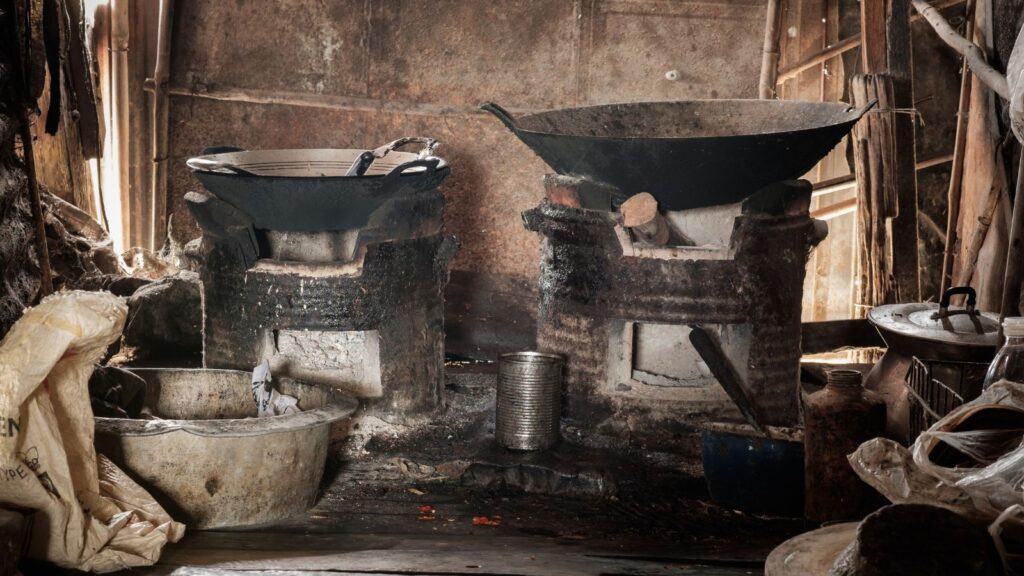
Some medieval people would eat hedgehogs by cooking them in clay. It was a go-to wild game dish, and many people considered hedgehogs a delicacy. Apparently, hedgehog meat was tender and flavorful and a real treat for anyone who was willing to try something out of the ordinary.
Tiny Treats
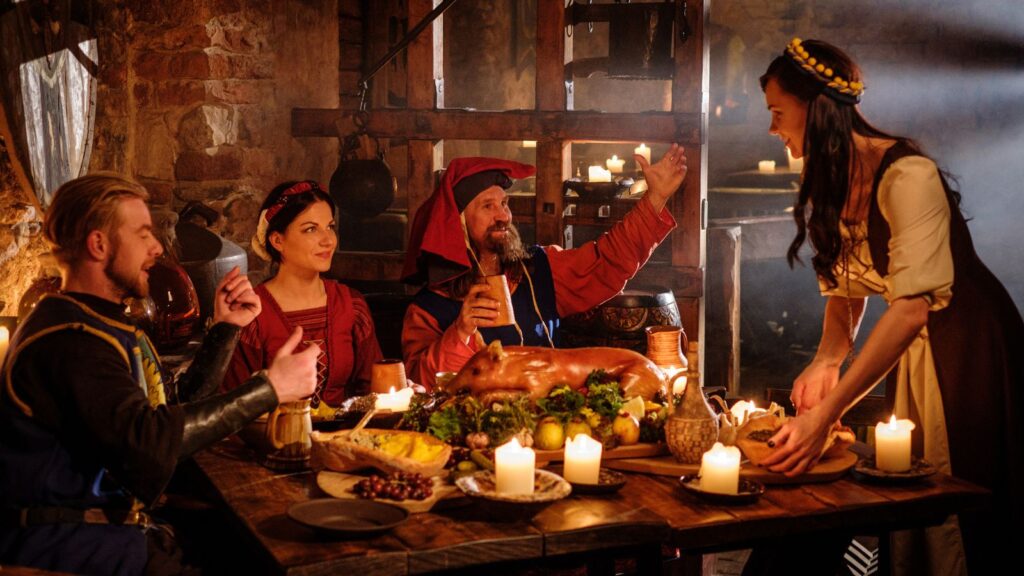
If you were looking for finger food in the Dark Ages, chances are that you might eat some larks’ tongues. It takes a lot of tiny tongues to make a meal, and this just made them even more luxurious. Chefs had to work hard to please their high-class guests, and sometimes, this involved making dishes that seemed absolutely crazy.
Forest to Table
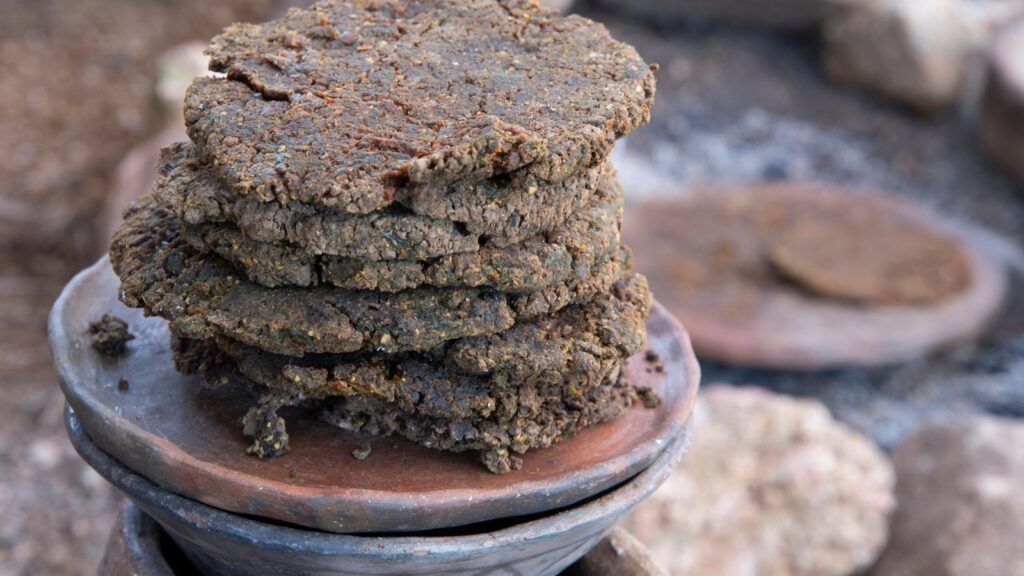
When times were tough, some medieval people relied on acorn cakes, which were made from ground acorns. They treated them to remove their bitterness and then ate them. Although they sound pretty disgusting, they were an important snack for surviving the harsher months when there wasn’t much food to go around.
A Feast for Foragers
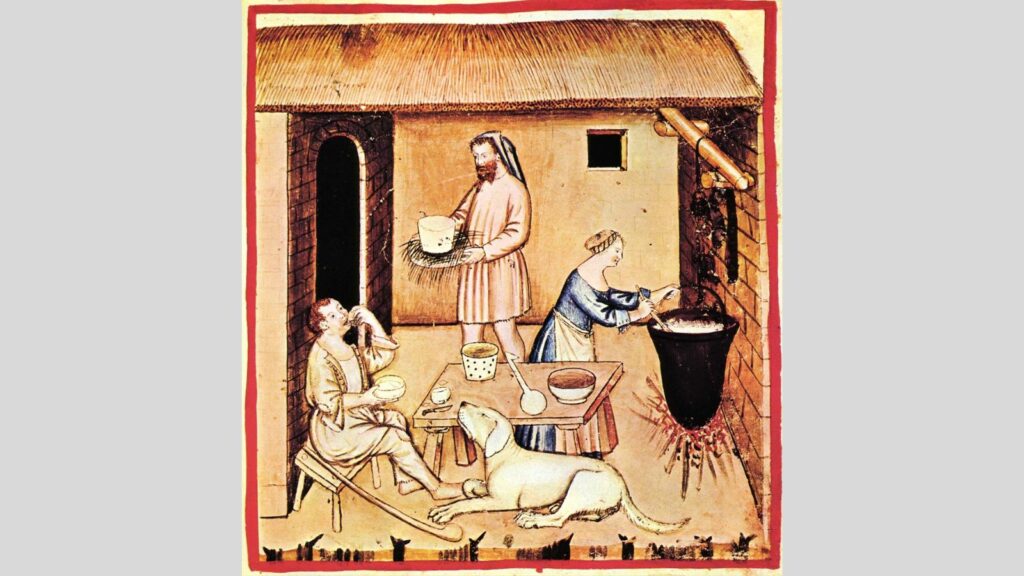
Medieval cooks would sometimes use the burdock plant to make a dish called burdock root stew, which was quite a nutritious stew. Even though the plant tasted tough and earthy, these chefs managed to turn it into something filling. It was a popular meal for foragers who knew how to make the most of their natural surroundings.
Cured to Perfection
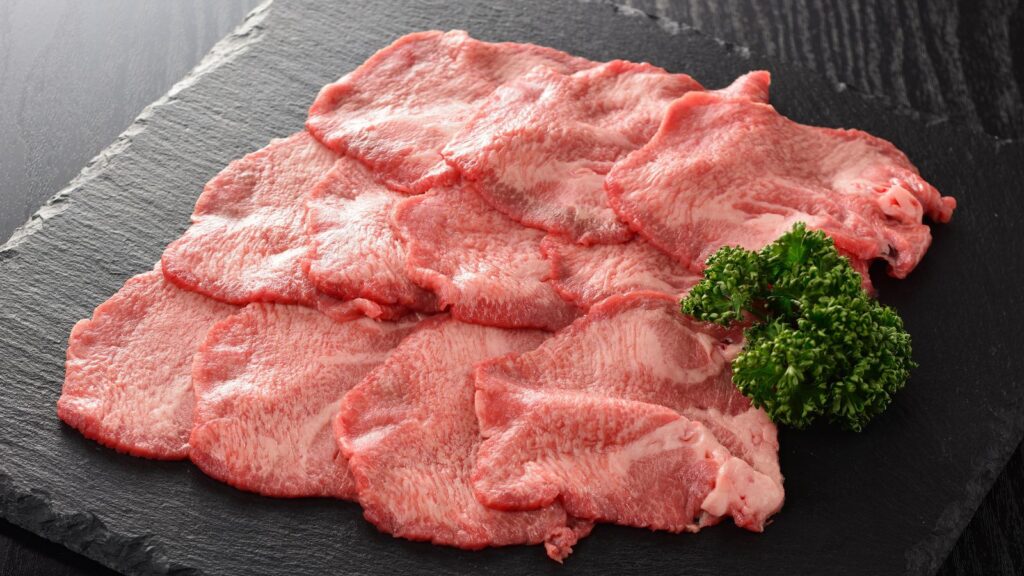
Ox tongue is something that’s still popular today, but it’s nothing like medieval salted ox tongue. Back then, people would cure it with salt or spices to make the tongue last longer and add lots of flavors. They usually prepared it for long winters or voyages because it meant they’d always have enough to eat.
Dining in Style
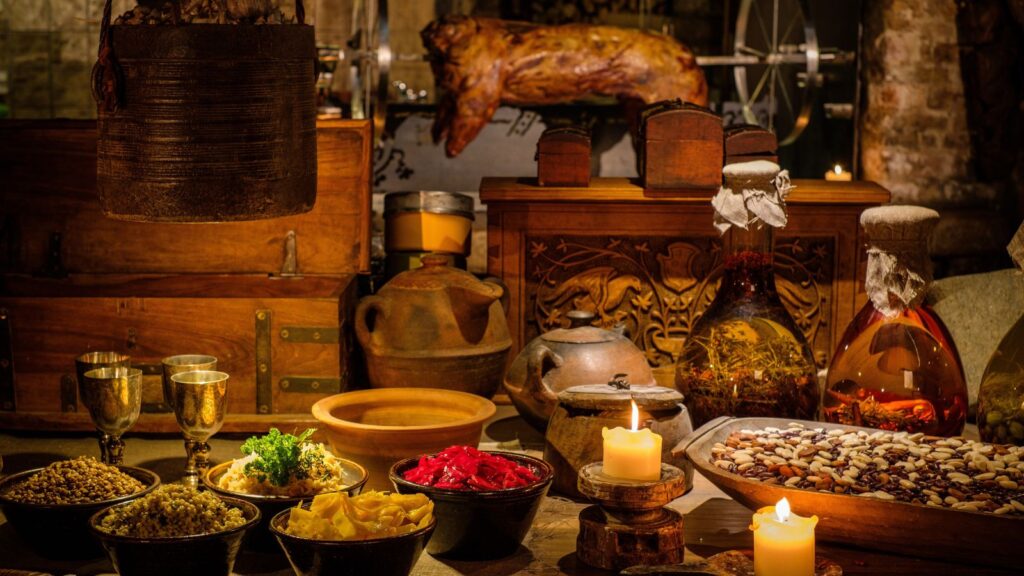
Swan neck soup definitely sounds out there, but it was a real treat for anyone who could afford it. Chefs would use swan necks to make a rich broth that was more of a status symbol than an actual meal. There were different versions of this, including swan neck pudding. They really liked eating those birds.
Veggie Vino
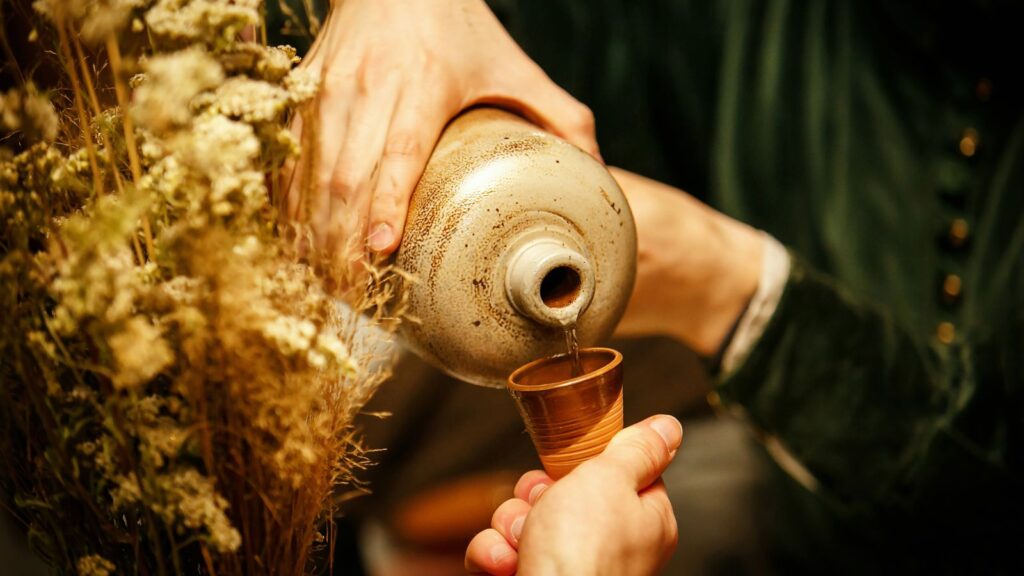
Who knew you could make wine out of turnips? Medieval people got creative with fermentation and turned turnips into wine, although we’re not sure it would’ve tasted the best. Turnip wine was just one of the ways that people back then tried to use everything they could for food and drink.
For the Cold
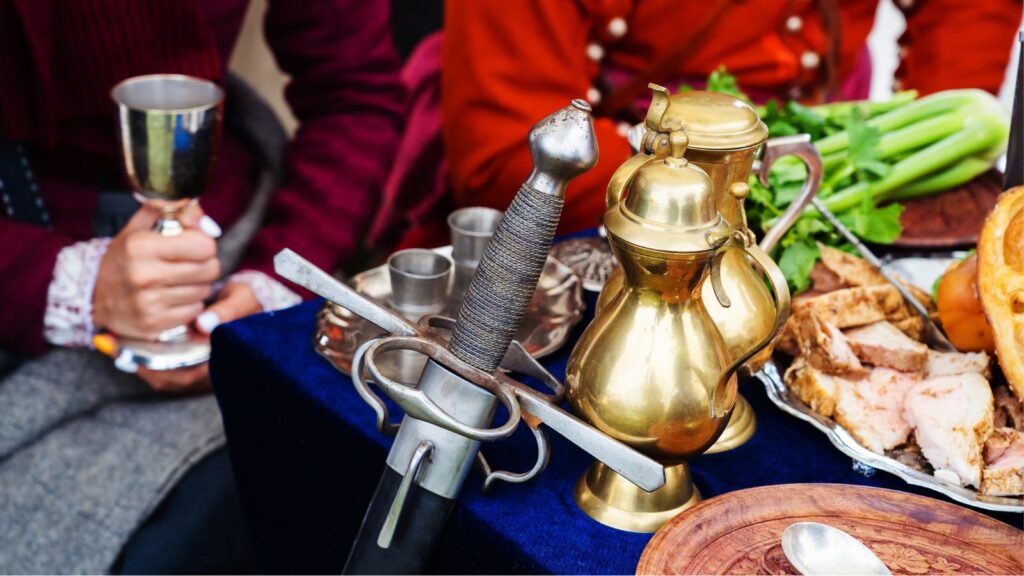
Most people drink spiced ale today as a festive treat, but not people back then. They enjoyed it all year round, and it was a hit at most medieval parties. The cloves and other spices made it taste a lot better and also kept the ale good for longer, which meant they could enjoy it no matter the season.
Forest Fare
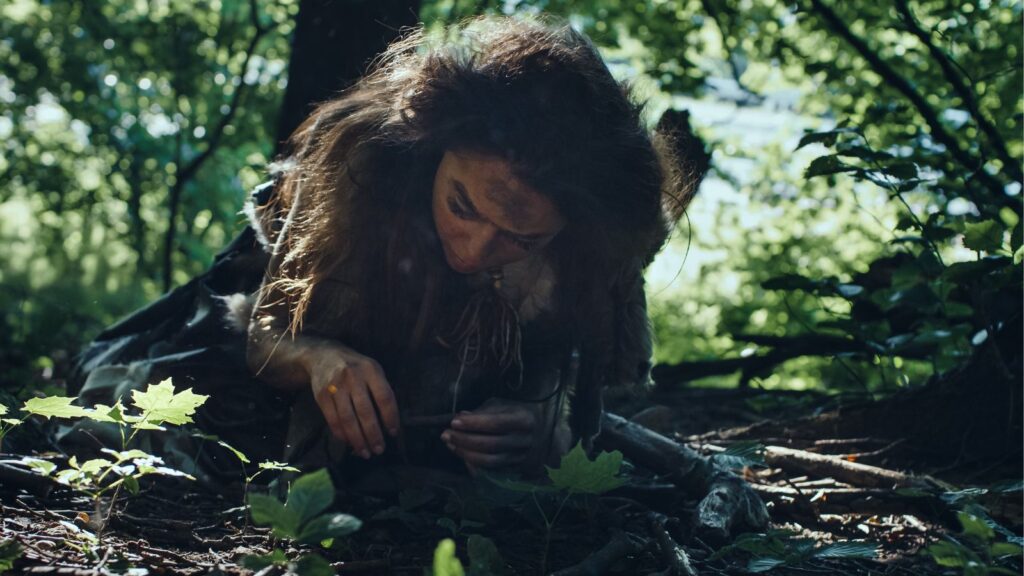
For anyone who lived near the forest, squirrel stew was an important dish to help you survive. They’d use whatever vegetables and local herbs they could find to make it, along with squirrels, of course. There were plenty of squirrels back then, but most people ignored them as a food source unless they were desperate for food.
19 Grim Realities of Dating After 50 That Are Often Overlooked

19 Grim Realities of Dating After 50 That Are Often Overlooked
26 Things That Will Be Extinct Because Millennials Refuse to Buy Them

26 Things That Will Be Extinct Because Millennials Refuse to Buy Them
24 Outdated Slang Terms You Absolutely Shouldn’t Be Using Anymore

24 Outdated Slang Terms You Absolutely Shouldn’t Be Using Anymore
25 Hardest Parts About Getting Older That No One Ever Talks About

25 Hardest Parts About Getting Older That No One Ever Talks About





